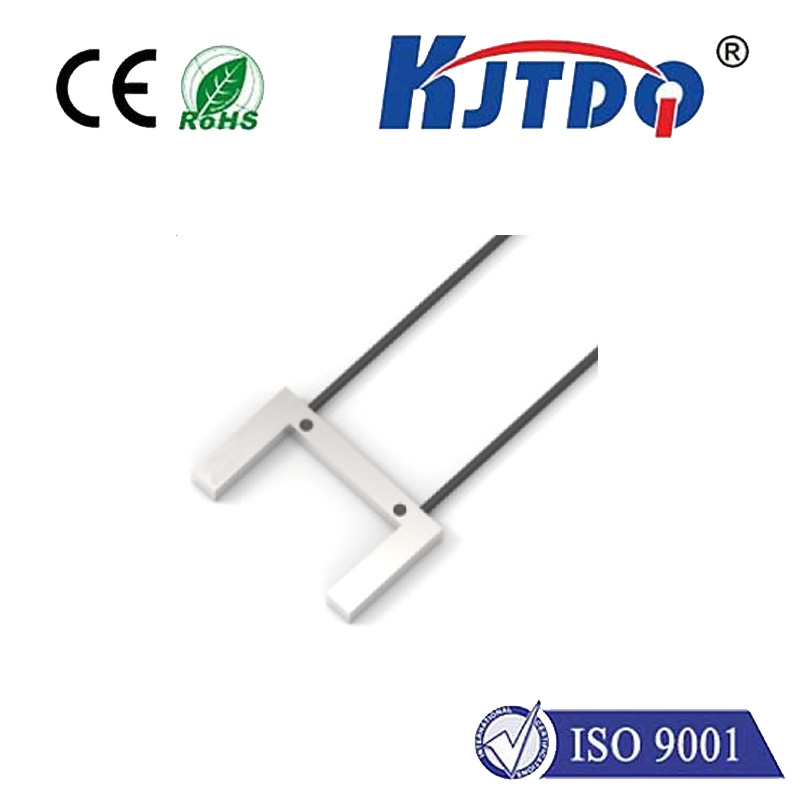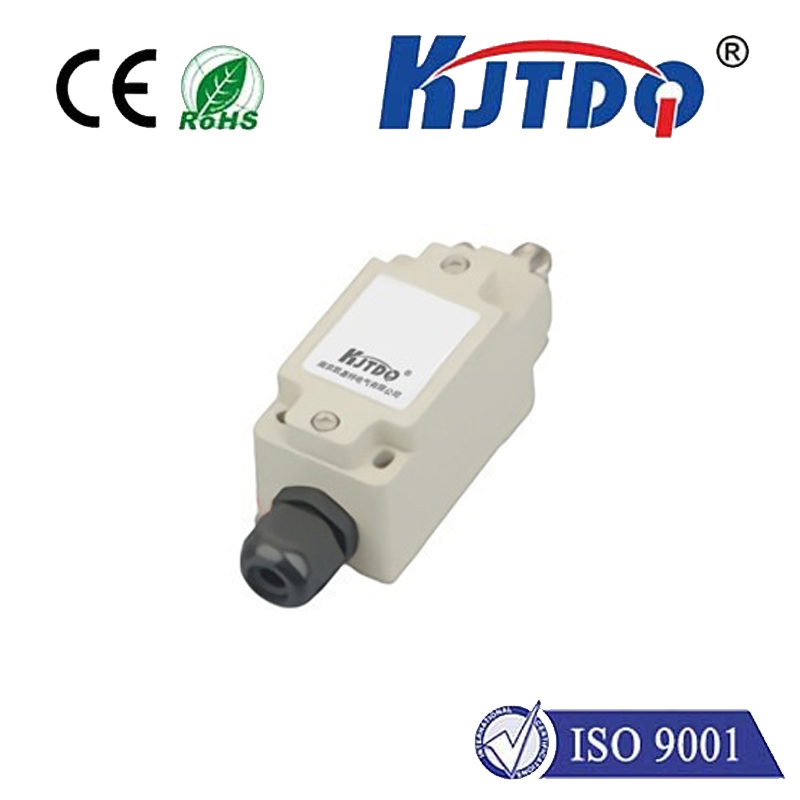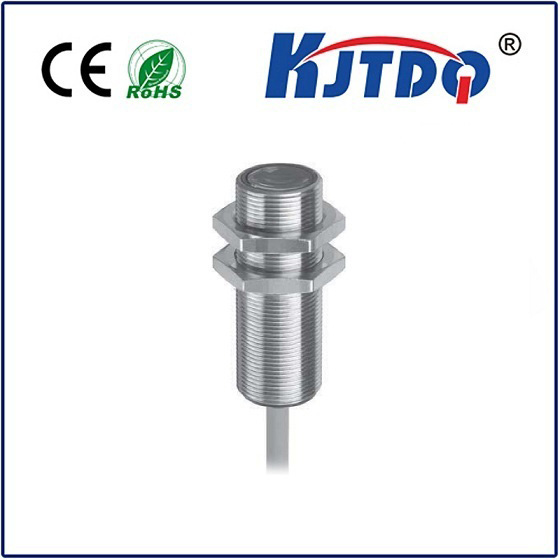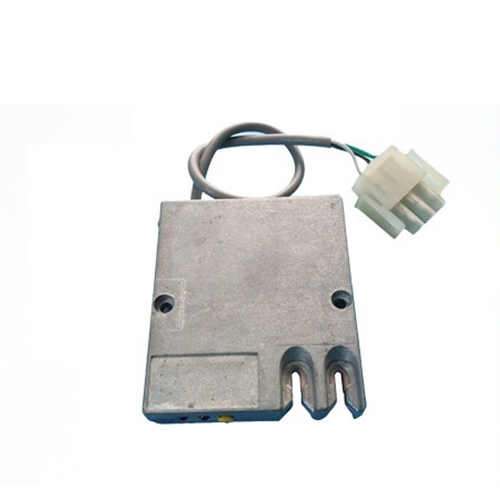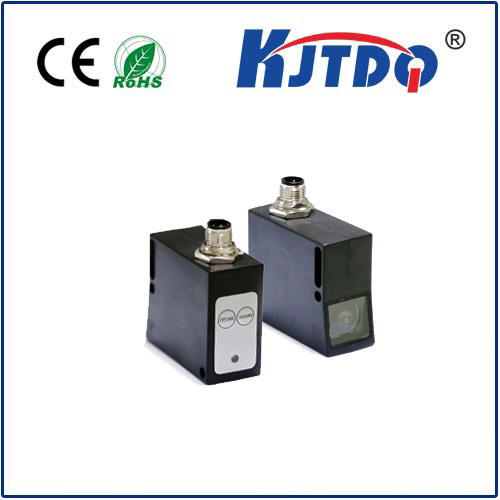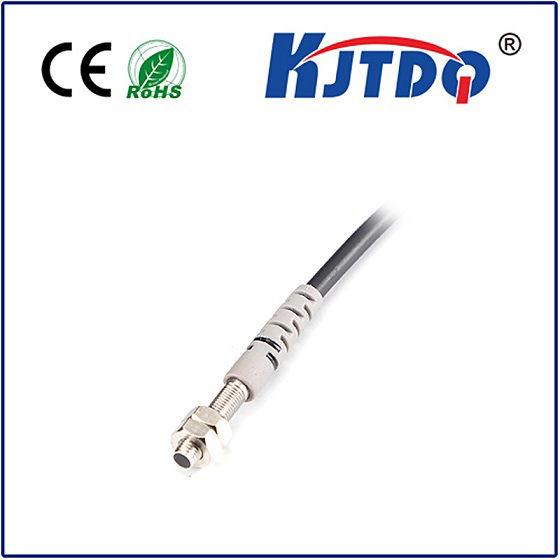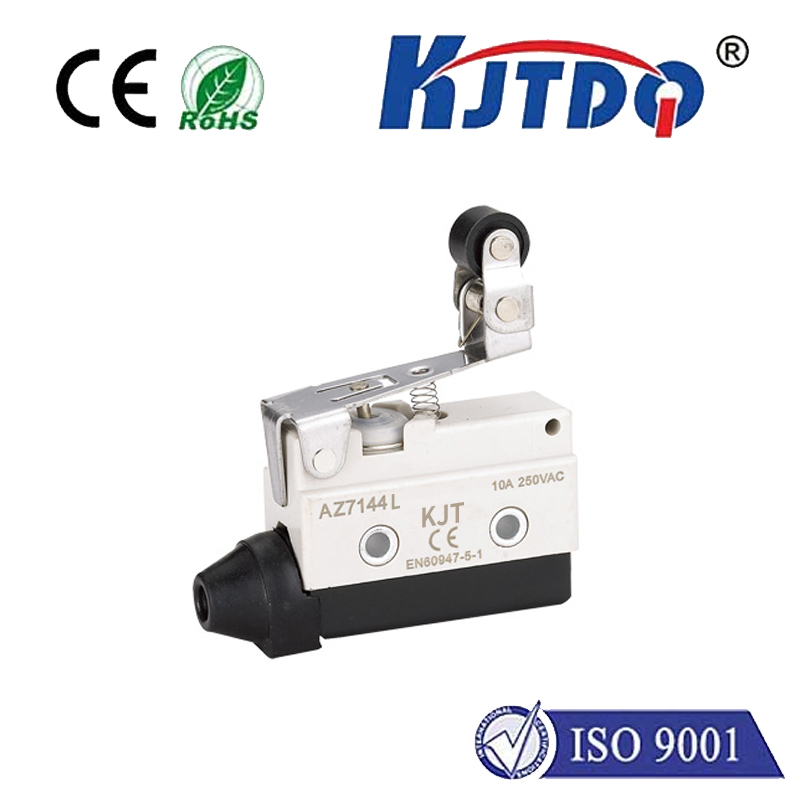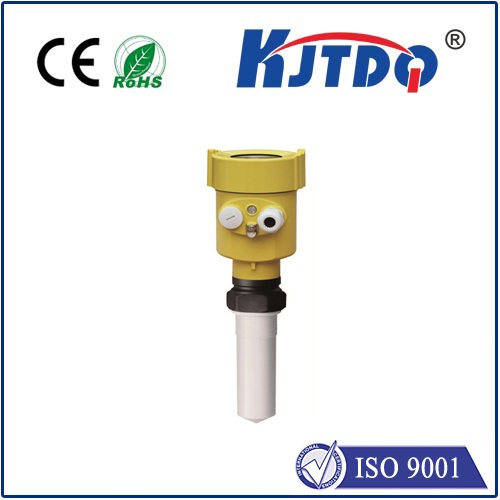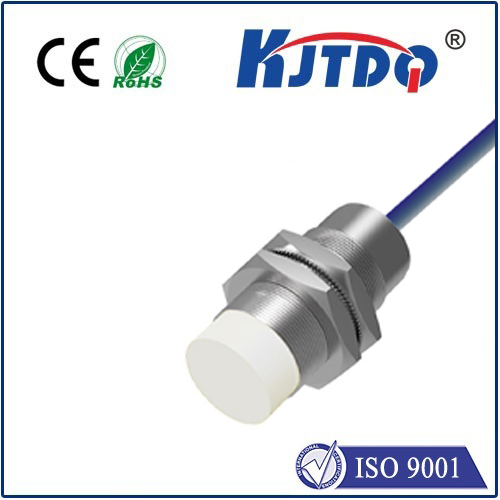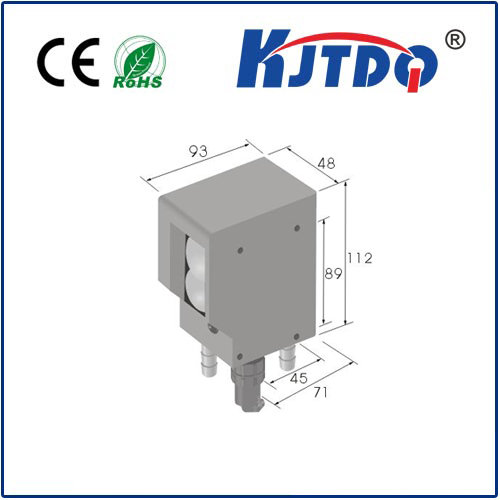BES01Z2 high pressure proximity sensor
- time:2025-10-14 00:45:28
- Click:0
The BES01Z2 High Pressure Proximity Sensor: Your Key to Reliable Industrial Automation
Imagine a critical hydraulic press suddenly failing mid-cycle. Production halts, cost-per-minute losses mount, and downstream processes grind to a standstill. Often, the unseen culprit is a sensor compromised by the very environment it’s meant to monitor. In the demanding world of high-pressure fluid power systems, harsh washdowns, and heavy machinery, choosing the right proximity sensor isn’t just about detection – it’s about resilience. The BES01Z2 high pressure proximity sensor emerges as a purpose-built solution engineered to conquer these challenges, ensuring operational continuity where standard sensors falter.
Understanding the BES01Z2: Core Capabilities and Advantages
At its heart, the BES01Z2 is an inductive proximity sensor specifically designed to excel in environments characterized by extremely high ambient pressure. Unlike conventional sensors that might deform, leak, or provide erratic signals under such stress, the BES01Z2 incorporates robust construction principles:
- Engineered for Extreme Pressure: The defining feature of the BES01Z2 is its ability to operate reliably under significantly elevated ambient pressure. This is achieved through meticulous design of its housing and sensing face geometry, preventing implosion or physical damage. Imagine it deployed deep within a hydraulic power unit or submerged in high-pressure fluid lines – environments where standard proximity sensors simply wouldn’t survive.
- Non-Contact, Wear-Free Detection: Utilizing the principle of electromagnetic induction, the sensor detects the presence of metallic targets without physical contact. This eliminates mechanical wear, a critical advantage in high-vibration or high-cycle applications common in heavy industry, leading to exceptional long-term reliability and reduced maintenance costs.
- High Precision and Repeatability: Delivering consistent and accurate switching signals is paramount for automated control. The BES01Z2 provides precise detection points, ensuring machines respond correctly and processes run smoothly cycle after cycle, even under pressure fluctuations.
- Robust Housing and Protection: Typically featuring rugged metal (like stainless steel) housings and high ingress protection ratings (e.g., IP67, IP69K), the BES01Z2 withstands impacts, vibration, aggressive chemicals, and high-pressure washdowns common in food processing, chemical plants, and foundries.
- Simplified Integration: Designed with industrial standards in mind, the BES01Z2 often features standardized form factors (like M12 or M18 threaded barrels) and common output configurations (PNP or NPN), ensuring easy replacement and integration into existing control panels and machinery.
Where the BES01Z2 Shines: Key Industrial Applications

The BES01Z2’s unique capabilities make it indispensable in numerous demanding scenarios:
- Hydraulic and Pneumatic Systems: Monitoring cylinder positions (end-of-stroke detection), valve spool positions, or fluid levels directly within high-pressure lines and reservoirs. Its ability to function reliably inside pressurized fluid environments is unmatched by standard sensors.
- Die Casting and Injection Molding Machines: Detecting mold clamping status, ejector positions, or core pulls within the high-pressure confines of the mold cavity or hydraulic systems driving the process.
- Test Benches and Pressure Vessels: Providing position feedback on actuators or components undergoing extreme pressure testing, where sensor integrity is non-negotiable.
- Subsea Equipment and Offshore Platforms: Monitoring critical functions on remotely operated vehicles (ROVs) or submerged components where ambient water pressure is a constant factor.
- High-Pressure Cleaning Systems (HPUs): Detecting components or positions within cleaning machinery designed for ultra-high water pressure.
- Heavy Machinery (Construction, Mining): Position sensing on hydraulic cylinders, boom movements, or bucket positioning under harsh, high-vibration conditions, often involving high-pressure hydraulics.
Selecting and Implementing the BES01Z2: Key Considerations
Integrating the BES01Z2 effectively requires attention to several factors:
- Pressure Rating: This is the critical specification. Ensure the sensor’s rated maximum operating pressure comfortably exceeds the peak pressure it will encounter in its installed location. Never operate near the absolute maximum limit.
- Sensing Distance: Choose the model (e.g., M12, M18) with an appropriate nominal sensing range (Sn) for the target size and required installation distance. Remember that target material (steel, stainless steel, etc.) affects the actual range.
- Electrical Requirements: Match the operating voltage (e.g., 10-30V DC) and output type (PNP normally open/closed, NPN normally open/closed) to your control system’s inputs. Consider the output current capacity for your load.
- Environmental Factors: Verify the IP rating is suitable for exposure to washdowns, chemicals, or particulates. Check the temperature range compatibility for the installation environment. Ensure the housing material (e.g., stainless steel) is resistant to any specific chemical exposure.
- Target Material and Size: Inductive sensors detect ferrous metals best (steel, iron). Detection distance for non-ferrous metals (aluminum, brass, copper) is significantly reduced. Ensure the target is large enough and moves within the reliable sensing zone.
Installation and Maintenance Best Practices
While rugged, optimal performance requires proper handling:
- Correct Mounting: Securely fasten the sensor using the appropriate mounting hardware, ensuring it is not subjected to excessive mechanical stress or strain on the cable. Ensure metal-to-metal grounding if specified.
- Target Alignment: Position the sensor perpendicular to the target surface for maximum sensing distance and reliability. Avoid misalignment that could shorten the effective range or cause inconsistent switching.
- Cable Management: Protect the cable from abrasion, cuts, crushing, or exposure to excessive heat or chemicals. Use conduits or cable carriers in high-risk areas.
- Pressure Testing: When integrating into sealed pressure systems, ensure the sensor and its seals are installed correctly and the system is pressure-tested to verify integrity before full operation commences.
- Periodic Checks: Incorporate visual inspections for physical damage or buildup of contaminants into routine maintenance schedules. Functional checks during system diagnostics are also beneficial.
Why BES01Z2 Reliability Matters for Your Bottom Line
In industrial automation, component failure isn’t just an inconvenience; it translates directly to downtime, lost production, and increased costs. The BES01Z2 high pressure proximity sensor is engineered specifically to be a robust, reliable link in your control chain precisely where environmental pressures are extreme. Choosing a sensor like the BES01Z2, designed from the outset for these rigorous conditions, provides:
- Enhanced Uptime: Minimize costly production stoppages caused by sensor failure under pressure.
- Reduced Maintenance Costs: Leverage its wear-free operation and rugged build to extend service intervals and lower replacement part costs.
- Improved Process Consistency: Benefit from high repeatability and accuracy for flawless machine cycles and product quality.
- Long-Term Investment Protection: Its durability ensures a longer operational lifespan, delivering a superior return on investment compared to sensors requiring frequent replacement.
For engineers, maintenance managers, and system integrators facing the unique challenges of high-pressure automation environments, the BES01Z2 isn’t just another sensor; it’s a critical component engineered for resilience and unwavering performance where it matters most. It provides the essential confidence that position detection will hold firm, enabling complex machinery to operate safely, efficiently, and reliably, cycle after cycle, under the most demanding pressures.






